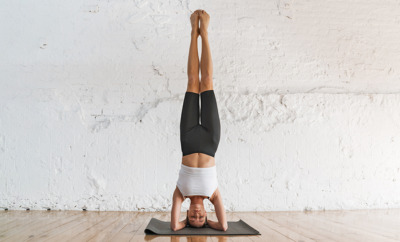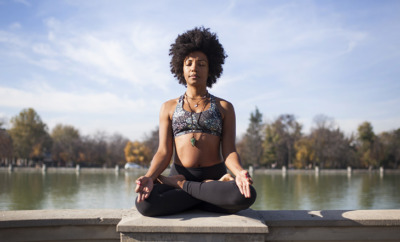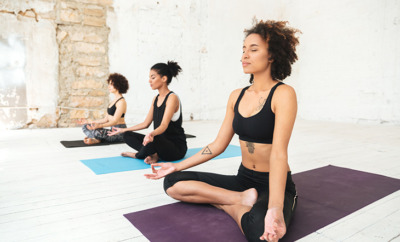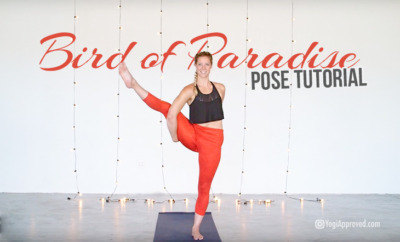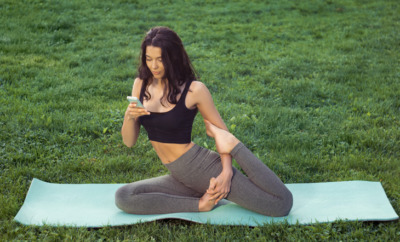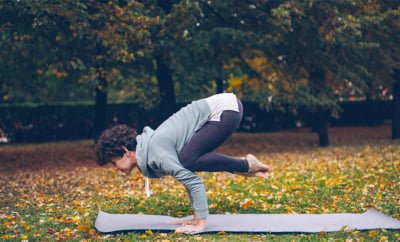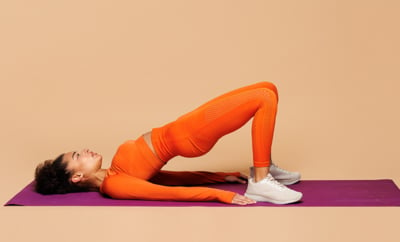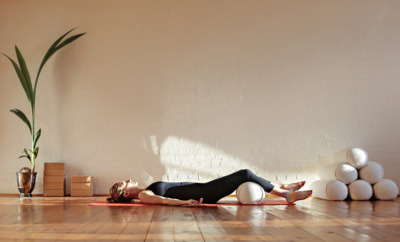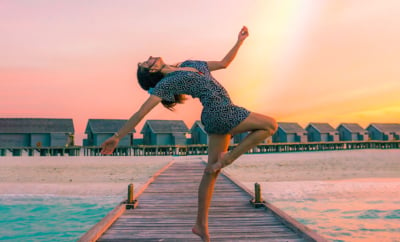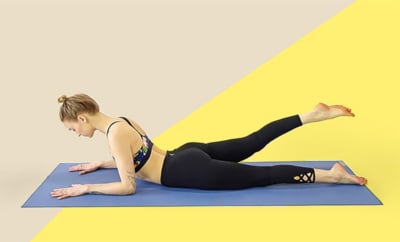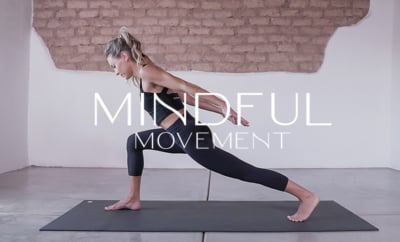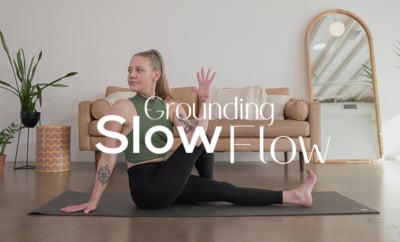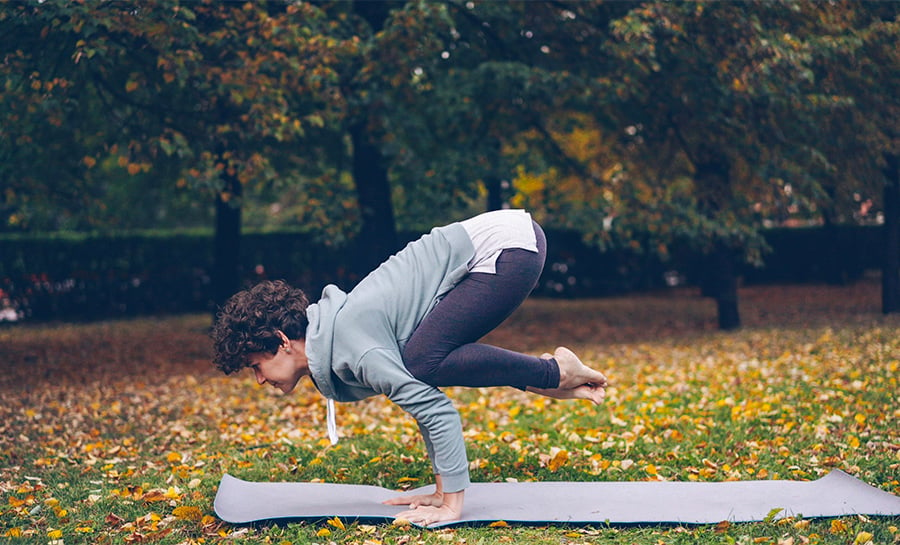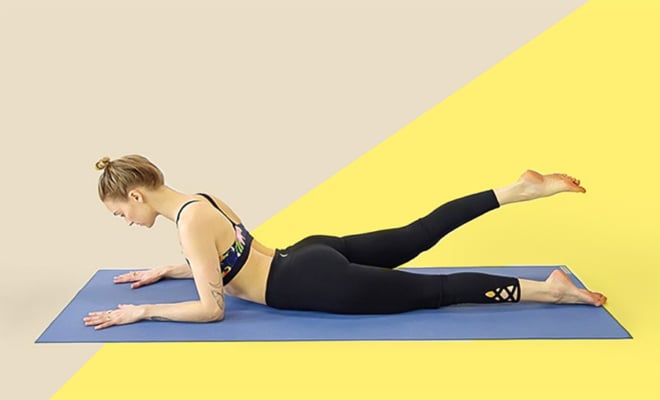What Is a Drishti and How Can It Improve Your Balance In Yoga?

The drishti is a point of focus to set your gaze on to help you stay balanced and steady. In yoga, we often hear our teachers guiding us to “find our drishti” and usually this is in the context of balancing poses.
The drishti is an incredibly useful and beneficial tool that can aid our yoga practice in a variety of ways.
It’s all-levels friendly, meaning you don’t need to be advanced in your practice or understanding of yoga to use it. Anyone can (and should) employ this simple yet very helpful technique.
What Is a Drishti?
A drishti is a technique used often in yoga. If you’re a yogi who’s new to this concept or haven’t heard it referred to by name, odds are you’ve most likely practiced it before without even knowing it!
Anytime we practice a challenging yoga pose that requires stability, focus, and/or balance, we often intuitively find a point to focus our gaze on in order to help ourselves stay physically steady.
Where your eyes go, your body follows.
A drishti can be anything you want it to be – because in the literal sense, a drishti is any focal point you find to keep your gaze steady. In a typical yoga class setting, people will usually find a yoga prop or water bottle – something in front of the yoga mat that doesn’t move – to set their gaze on.
When you hold your gaze on something steady, your body will have an easier time finding steadiness as well.
Where your eyes go, your body follows. Thus, when you hold your gaze on something steady, your body will have an easier time finding steadiness as well. That’s why finding a drishti is a great way to help yourself find balance, and that’s also why it’s important to find a drishti that’s unwavering and steady.
You don’t want to set your gaze on the yogi in front of you during Dancer Pose, because odds are if they lose their balance or wobble, your body will do the same. Which leads to our next point . . .
How the Drishti Can Improve Your Balance and Overall Yoga Practice
As mentioned above, a steady eye equals a steady body. Have you ever tried closing your eyes in Tree Pose? If not, you should! It’s a fun balance challenge, and way more challenging than you may have expected.
But the takeaway is that the eyes – and where you set your gaze in particular – play a big role in your ability to balance, stabilize, remain grounded, and stick that balancing yoga pose.
Here’s a fun challenge for you: The next time you’re on your mat, whether it’s in a yoga class or by yourself, take a few moments to experiment with the drishti. Start by finding a point of stillness to set your gaze on, and keep it there as you move through a few challenging balance poses.
Next, release the drishti and try those same exact balance poses but keep looking around the room or even closing your eyes. Notice how much this increases the challenge and in turn, notice how your balance is affected.
Practice Finding and Using Your Drishti
Maintaining a single-pointed focus on your mat is the purpose of a drishti. This is in essence the same concept as the single-pointed focus we aim for in meditation. In a meditation practice, the focus comes from conscious breathing.
In our physical yoga practice, the focus comes from the drishti, the breath, and setting an intention. It’s interesting how the concept and purpose behind using the drishti, the breath, and an intention all work in the same way . . .
In yoga, we set an intention to keep our mind steady and focused. In yoga, meditation, and in life’s daily challenges, we activate conscious breathing to remain grounded and focused.
Approach your drishti in the same way. When you’re in a challenging yoga pose, activate your drishti and find that single-pointed focus. This focus is both your physical gaze, as well as your mental concentration as well.
Drishti: The Takeaway
Just like your eyes, when your thoughts wander, you lose balance too. Keeping a steady gaze and a steady mind will in turn create a steady yoga practice.
When we can cultivate a focused mind and a focused gaze, we cultivate grounding, mindfulness, and presence on the mat and also in our lives. That, my friends, is the power of the drishti. And it’s a power that we all possess, just waiting to be activated.


This Month's Letter
From the Editor
Monthly motivation and food for
thought from our founder.



